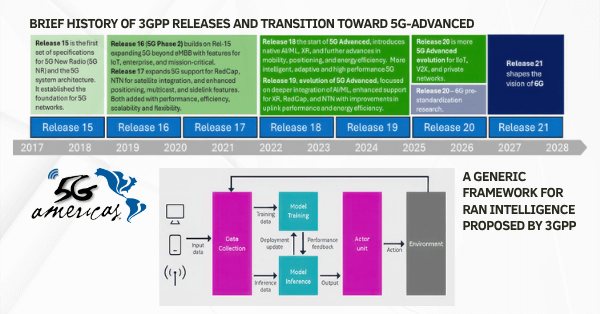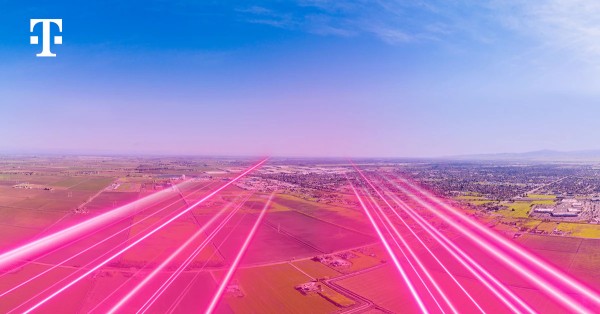SK Telecom and Nokia Collaborate on AI Fiber Sensing for Enhanced Network Stability
SK Telecom (SKT) and Nokia have joined forces to bring artificial intelligence (AI) technology to fiber optic networks through the commercialization of “fiber sensing.” This advanced technology, which uses AI to monitor environmental changes around optical cables, promises to enhance the stability and resilience of wired networks across South Korea. The two companies solidified their partnership by signing a memorandum of understanding (MOU) last Wednesday, aiming to utilize this AI-driven technology within SKT’s commercial network and achieve nationwide deployment by the end of this year.
AI-Powered Fiber Sensing: How It Works and Why It Matters
Fiber sensing technology leverages the sensitivity of fiber optic cables to environmental changes. As data is transmitted through these cables, various factors such as temperature fluctuations, physical stress, and vibrations can alter the light’s phase within the fiber. These changes, when detected and analyzed, provide detailed insights into the environmental conditions surrounding the cables. By integrating AI, SKT and Nokia aim to stabilize fiber optic networks by predicting and mitigating the impact of natural events and human activities on these cables.
Real-Time Monitoring: Practical Applications of AI Fiber Sensing
The primary application of fiber sensing technology is to detect and respond to unexpected events that could potentially disrupt network stability. This includes natural phenomena like earthquakes, strong winds, heavy rainfall, and ocean currents, as well as human-induced incidents such as cable cuts during nearby construction activities. By monitoring these factors in real-time, SK Telecom and Nokia can proactively manage and stabilize the wired network, thereby minimizing the risk of service disruptions.
AI Fiber Sensing vs. Traditional Network Monitoring Technologies
One of the key advantages of fiber sensing technology is its ability to utilize existing network infrastructure for data collection and analysis. This makes it highly effective for widespread application, as it does not require additional hardware or significant modifications to current networks. Moreover, unlike some traditional wired network monitoring systems that are constrained by distance limitations, fiber sensing has no such restrictions. This allows the technology to be rapidly deployed across major backbone networks, ensuring comprehensive coverage and protection.
Nationwide Deployment: SK Telecom’s Vision for an Intelligent Response System
SK Telecom plans to introduce this AI-powered fiber sensing technology across its entire national wired network. The goal is to establish an intelligent preemptive response system capable of minimizing the damage caused by cable cuts or other disruptions at construction sites. By detecting potential threats early, SKT aims to prevent service interruptions, thereby ensuring uninterrupted network service for its customers.
The MOU signed between SK Telecom and Nokia marks a significant step forward in the commercialization of this innovative technology. The companies plan to accumulate machine learning-based demonstration data on SKT’s commercial network, which will serve as the foundation for the first domestic implementation of fiber sensing technology. This partnership not only underscores SK Telecom’s commitment to maintaining a resilient and reliable network but also highlights the potential of AI to revolutionize wired network monitoring.
SK Telecom and Nokia’s Strategic Partnership
The collaboration between SK Telecom, South Korea’s largest mobile network operator, and Nokia, a global leader in network infrastructure, brings together the expertise and resources of both companies. The integration of AI into fiber sensing represents a significant technological advancement in network monitoring. The partnership aims to quickly internalize and commercialize this technology, making South Korea a leader in the application of AI in network management.
The signing ceremony for the memorandum of understanding was held at SK Telecom’s headquarters in central Seoul, with key figures such as Ryu Jung-hwan, SK Telecom’s head of infrastructure strategy and technology, and John Harrington, Nokia’s senior vice president and head of network infrastructure sales for the Asia-Pacific region, in attendance.
By the end of this year, SK Telecom and Nokia plan to have this technology fully operational across South Korea, setting a new standard for network stability and resilience in the face of environmental and man-made challenges. This collaboration not only aims to enhance network reliability but also to pave the way for future innovations in AI-driven network technologies.































